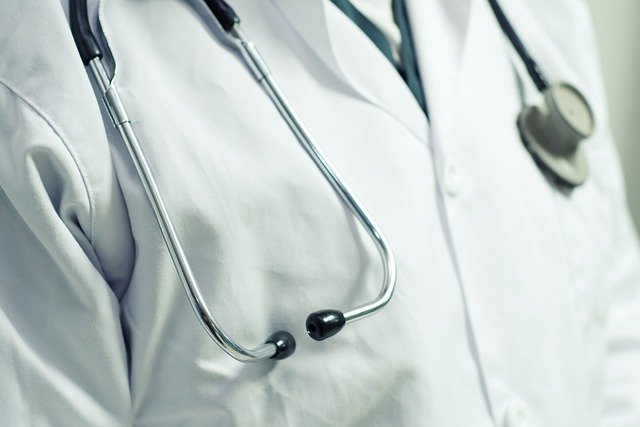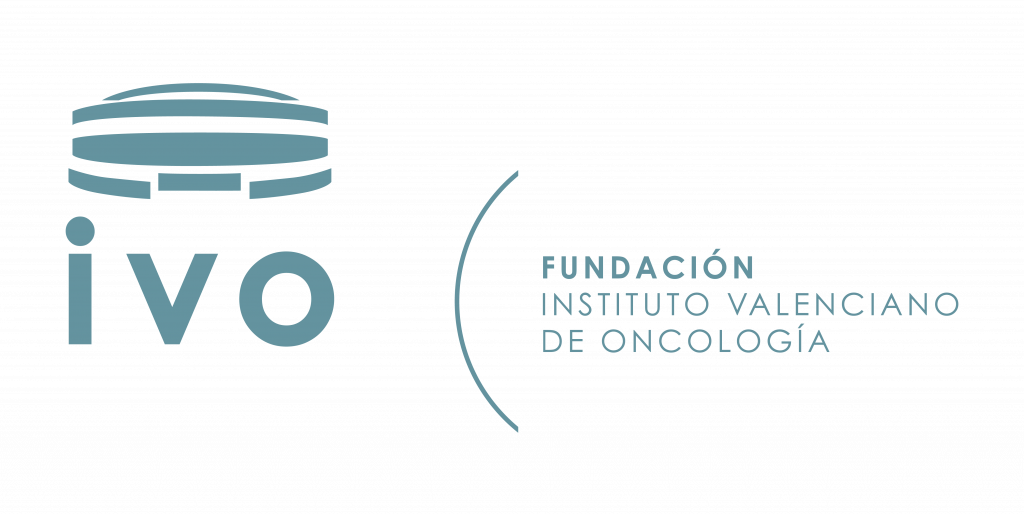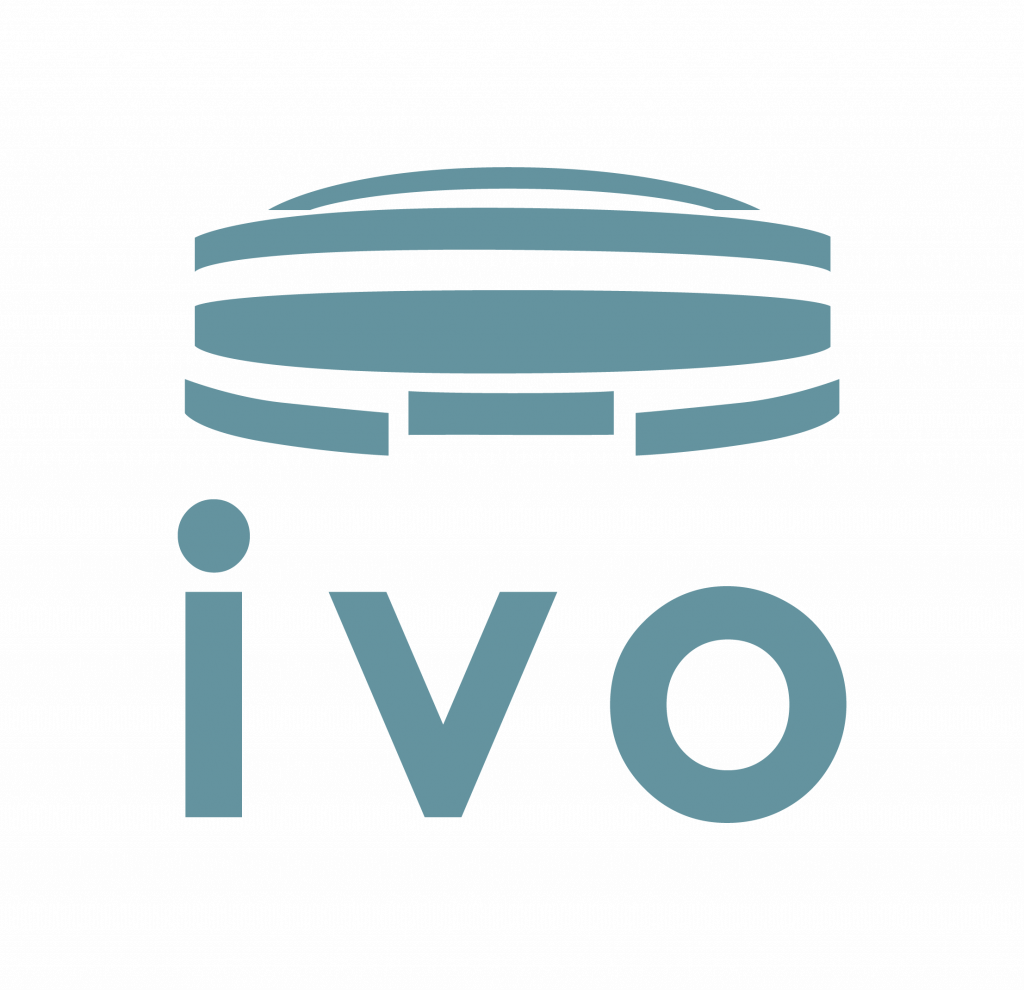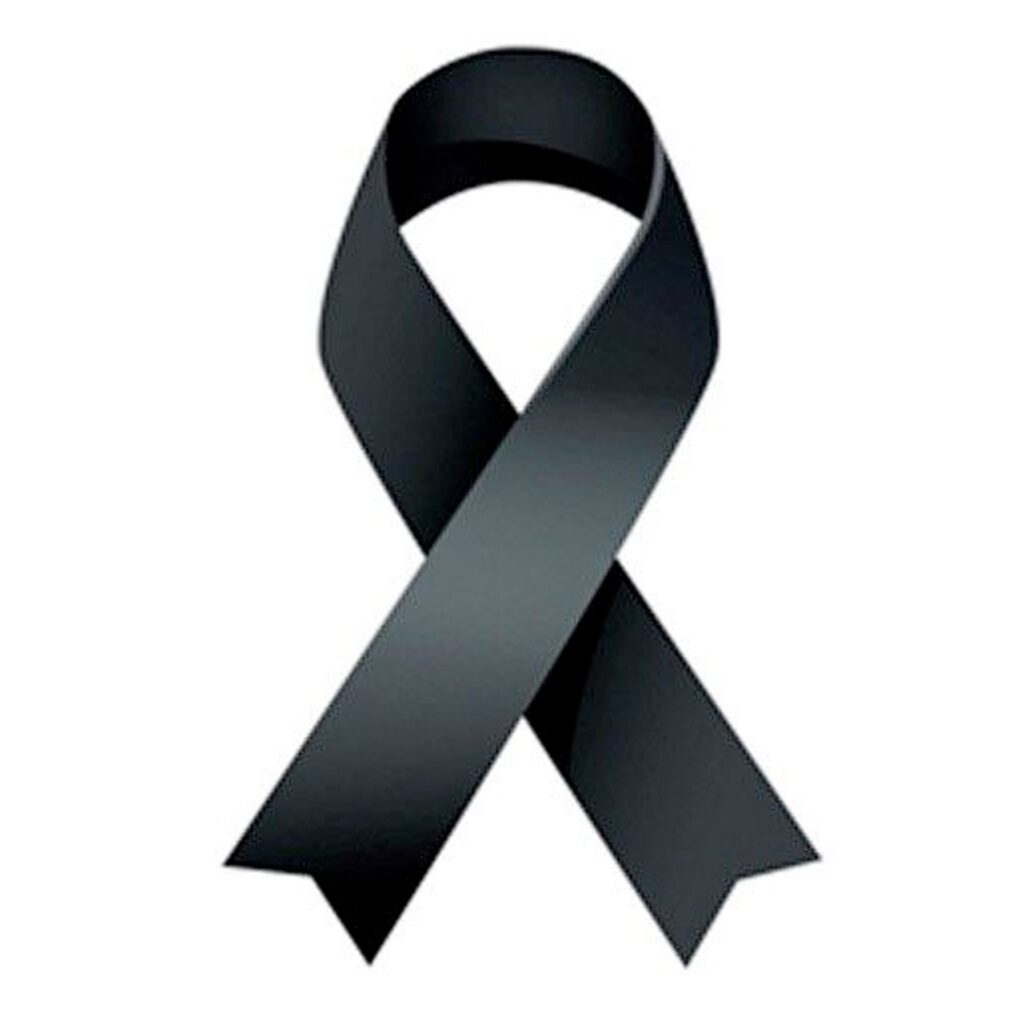Cancer develops as a result of biological and genetic alterations in human cells which make up the human body’s tissues. The uncontrolled growth of cells can develop into a node or tumour. It is a mass of unnecessary issue considered benign if it does not invade or destroy other organs. Generally, this type of tumour can be removed successfully and does not come back. Carcinogenesis occurs when cells start dividing uncontrollably causing mutation.
These tumours may invade nearby tissues and organs or travel through the blood vessels or the lymphatic system and spread to other parts of the organism. This process is known as metastasis. In either case, when a tumour is malignant, it is cancer.
Cancer is a common disease that will affect one in three men and one in every four women over the course of a lifetime.
External agents
According to data from the Spanish Association against Cancer, between 75% and 80% of cancer is caused by external agents that disrupt the organism. Lifestyle changes can greatly reduce the risk of developing cancer. Smoking, alcohol and poor diet are linked to this potentially fatal disease.
It is important to know that only 5-10% of cancers are associated with genetic predisposition. In other words, it is an inherited genetic condition distorting the cell’s ability to divide. In these cases, exposure time to risk factors is shorter and there are greater chances of developing cancer.
The origin of the remaining 20-25% of oncological diseases is still being investigated by experts. It is thought to be due to spontaneous gene mutations or the mechanism of action of some carcinogens. They are usually in contact with the organism for years before they can produce the required cell mutations (between 4 and 6) for cancer to develop. Thus, the incidence of cancer is higher in older patients. Hazardous agent could be physical, chemical or biological:
- Physical agents
- Chemical agents
- Biological carcinogens
Physical agents can be produced as a result of nuclear accidents, ionising radiation (X-Rays), non-ionising radiation (UV ultraviolate radiation) and radon gas (radioactive gas found in in the earth’s soil and rocks that contain uranium).
People can come into contact with chemical agents when working with certain industrial chemicals. Doses and exposure periods to agents will determine the likelihood of developing the disease. There are some carcinogenic substances such as: asbestos, arsenic, benzene, cadmium, mercury, nickel, lead, chlorinated hydrocarbons, and naphthylamine.
As for biological carcinogens, it is estimated that 18% of cancers are related to infectious disease (virus, bacteria or parasites). Such is the case with human papillomavirus (HPV) and uterine neck cancer, hepatitis B, and liver cancer, as well as Helicobacter pylori and stomach cancer.
Oncological conditions
Usually, at first, most cancers are painless. It is important to bear in mind that a timely diagnosis can inhibit its progression. The following symptoms can indicate other illnesses but also be a sign of cancer. If you have any of these symptoms, call your doctor:
Thickening or a lum in any part of your body
A new mole or change in size or shape of an existing one
A sore that does not heal
Hoarseness or coughing that does not go away
Change in bowel or urinary habits
Discomfort after meals
Difficulty in swallowing food
Sudden weight gain or loss without a known cause
Unusual bleeding or discharge
Weakness or fatigue
IVO Medical Staff

Medical Services
The IVO's specialisation in oncology allows for a service structure organised by care areas classified according to the type of tumour

Tumour Committees
The committees are the ultimate expression of multidisciplinary medicine. They are made up of expert physicians from the main oncological specialities.


